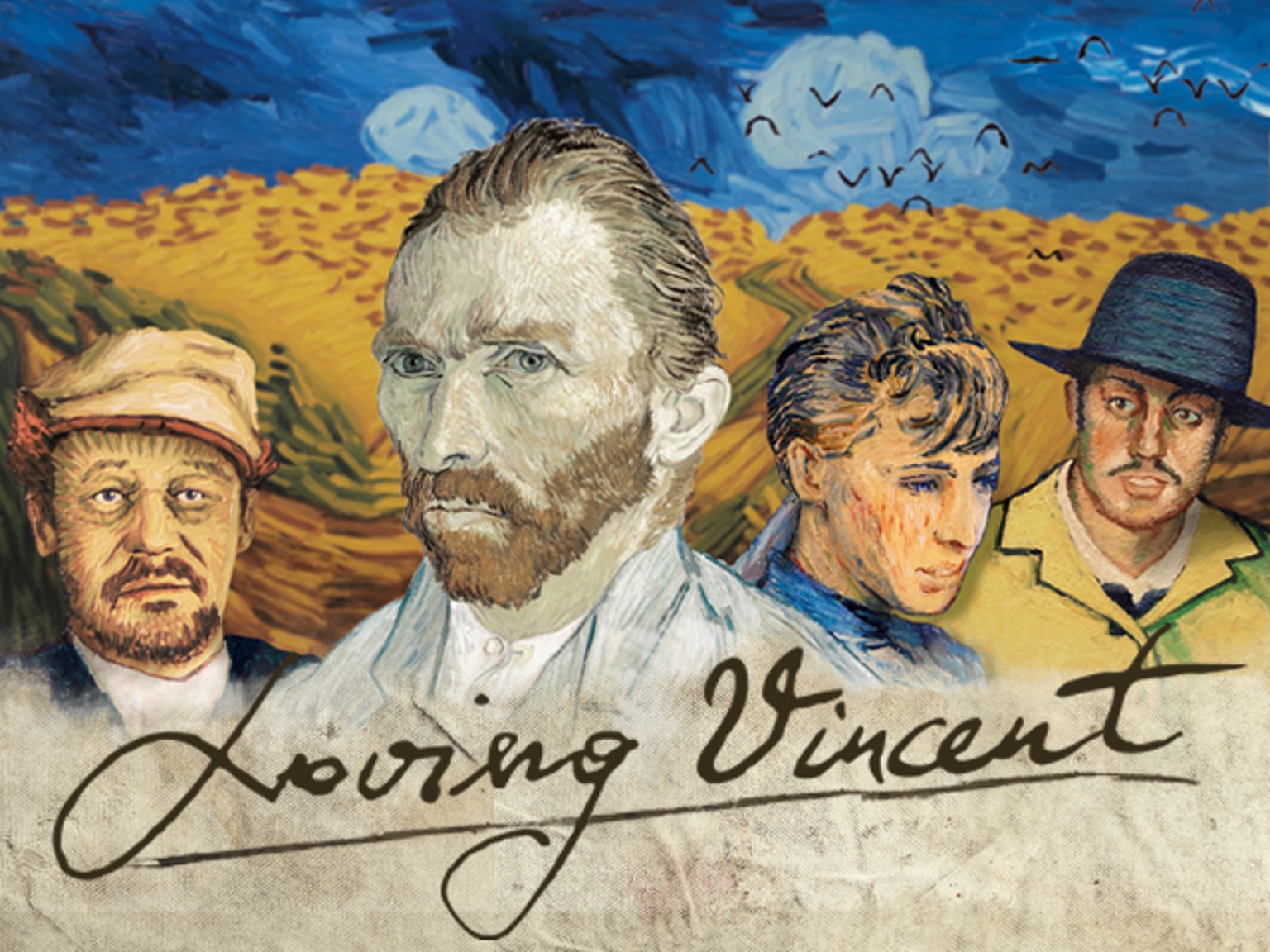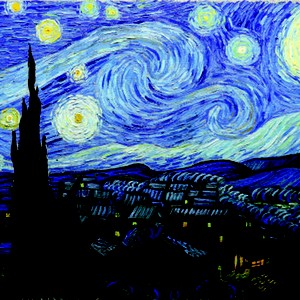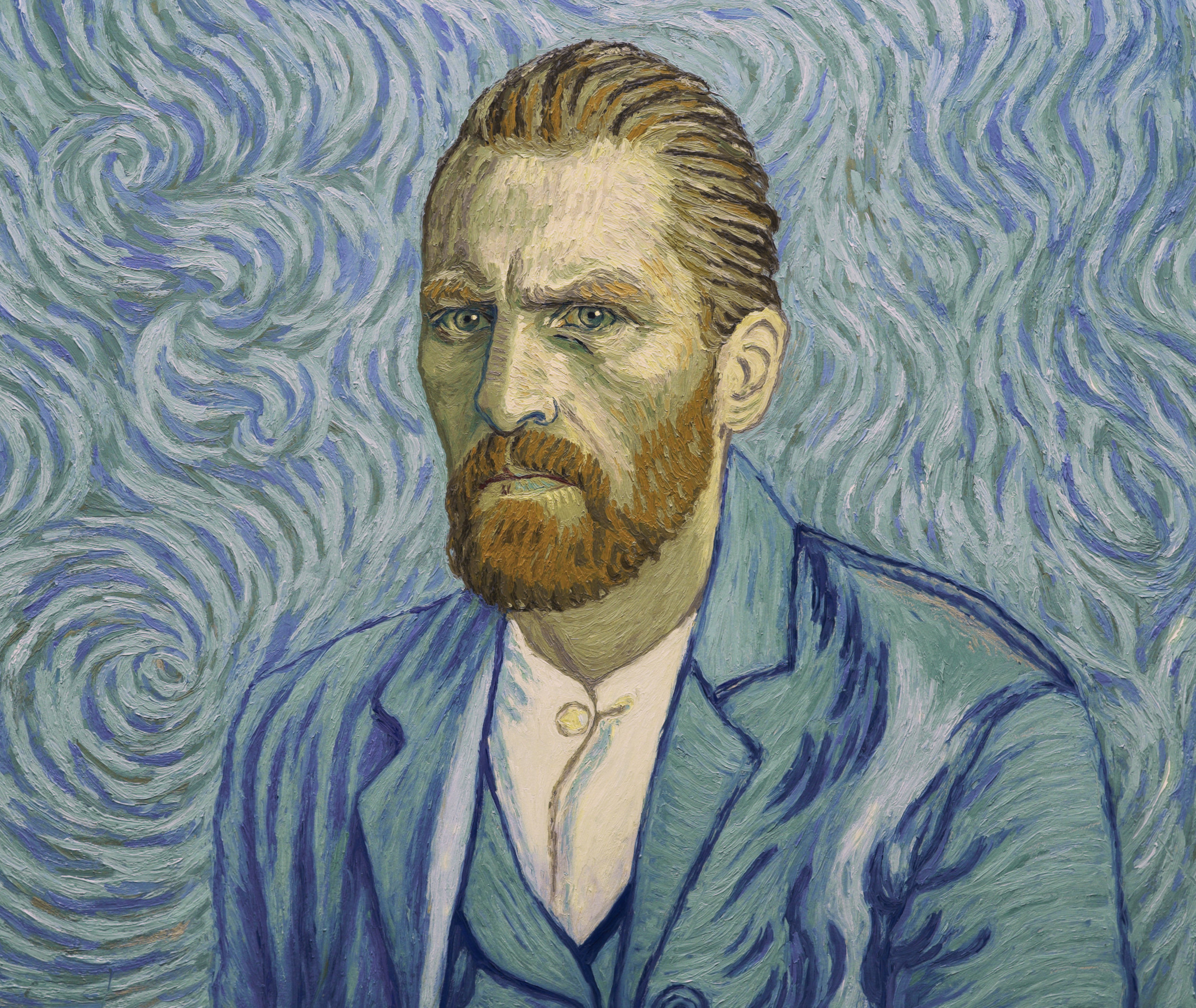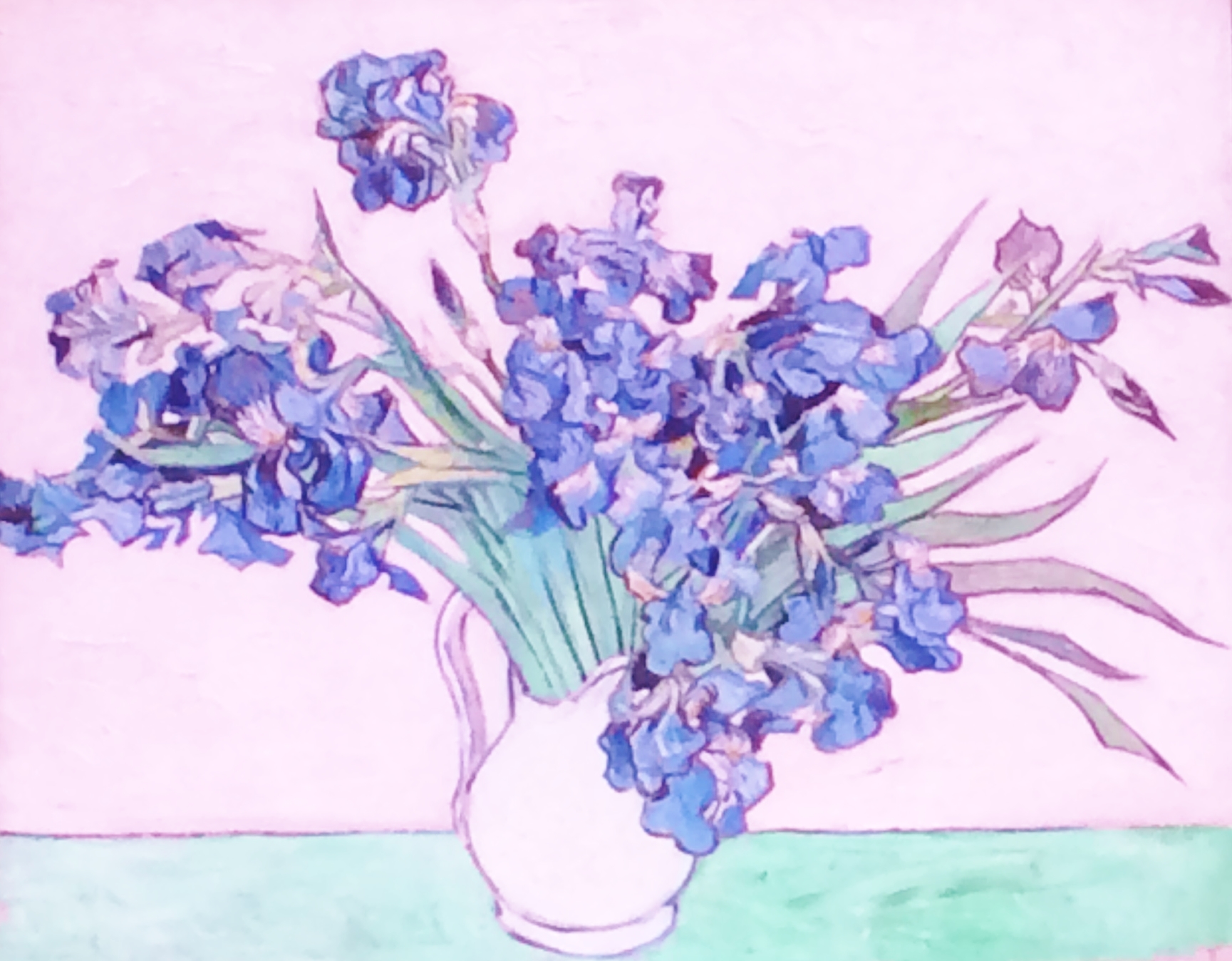'Loving Vincent': Oscar Nominee for Animated Film
In the summer of 1890, in the small country town of Auvers-sur-Oise to the west of Paris, Vincent Van Gogh stumbled up the main street one evening, a bullet lodged in his stomach. The artist had a troubled history—the incident years earlier when he cut off a part of his ear is well-known—but it remained a mystery as to why and how he was shot. A regular whodunnit.
A biopic of the artist’s last year, Loving Vincent is a dazzling visual accomplishment—the world’s first fully painted film. I can hear you asking: What’s a painted film? It’s complicated, but let me give it a try. The film was first shot using actors, after which it was painted over, frame by frame, 65,000 paintings in the inimical style of Van Gogh. This labor of love took a team of over 100 painters, mostly art school graduates, working at studios in Gdansk and Wroclaw and Athens, over two years to complete.
What’s it all about?
In the summer of 1890, a young man, Armand Roulin is given a letter by his father–‘The Postman’—to deliver to Theo Van Gogh, the brother of the recently deceased Vincent. Armand is a reluctant detective, but his father insists that he needs to know what has happened to his friend, so Armand heads to Paris to investigate what might be a crime.
Soon enough, he discovers that not only Vincent but his brother Theo is dead. He's shocked to learn that Theo, an art dealer who financially and emotionally had supported his brother for years, making it possible for Vincent to purchase art materials and to paint, had died at age 33, six months after his brother died at the age of 37. Armand, with the letter still in hand, travels to Auvers where the artist lived out his final weeks in an effort to understand his life and hopefully discover the cause of his death.
What follows is a photo taken at their graves in the cemetery in Auvers a few years ago. They were the simplest stones in the cemetery, the most affecting.
Why an Oscar nomination?
The film is a tour de force, the first of its kind. And it all came about because the writers/directors—Dorota Kobiela, Hugh Welchman and Ivan Mactaggart—felt they could not properly tell Van Gogh’s story without using his paintings, without bringing them to life.
Van Gogh’s vision, that burning desire to paint what he felt as well as what he saw, was ahead of his time. Consequently, the very canvases that didn’t earn him a single franc in his lifetime currently sell for stratospheric prices at auction. Indeed, many of his paintings—Starry Night, Sunflowers, the Wheatfield with Crows and his self-portraits—are some of the most widely recognized images in the world.
In a letter to his brother Theo, he wrote that even if he was a nobody, without any place in society, he hoped that by his work, he could show “what this non-entity has in his heart.” In that Van Gogh succeeded splendidly. If you love Van Gogh, as I do, I highly recommend Van Gogh's Letters: The Mind of the Artist in Paintings, Drawings, and Words, 1875-1890. Edited by H. Anna Suh.
This will be the 90th year for the Academy Awards, which will be televised March 4, 2018, when I'll be rooting for Loving Vincent. In New York, it’s been having a good run and should be available on Netflix shortly. Be sure to check it out.
That's all for this week! Hope you're enjoying a good weekend and that I'll see you back next week, when I'll have the coffee brewing... If I'm not back on my 'moto' in Paris, that is. Jusqu'à ce qu'on se revoie... Until we meet again, be well!









